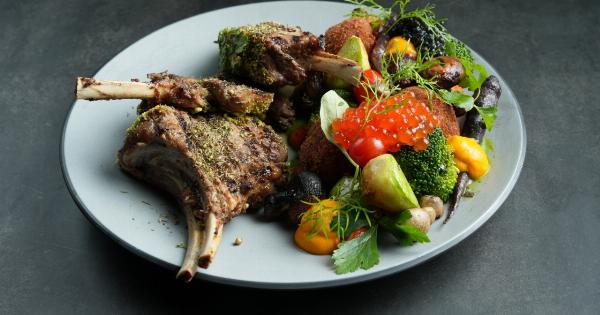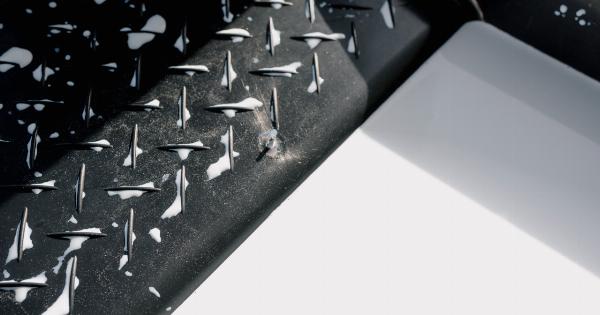When it comes to preparing food, proper cutting techniques are essential for both safety and efficiency in the kitchen.
Whether you are a professional chef or a home cook, using the right cutting techniques can help you avoid accidents, improve the taste and presentation of your dishes, and save time during meal preparation. In this article, we will explore ten effective cutting techniques that will enhance your culinary skills and ensure safer consumption of food.
1. Basic Knife Grip
Before diving into specific cutting techniques, it is important to establish a proper knife grip. Hold the handle of the knife firmly with your dominant hand, while curling your fingers slightly around it.
Your thumb should be resting on the side of the blade for stability and control.
2. The Rocking Motion
The rocking motion is a fundamental technique used for chopping and mincing ingredients. Place the tip of the knife on the cutting board, making sure the edge stays in contact with the board.
Use a gentle rocking motion while maintaining control over the knife, guiding it back and forth to achieve finely chopped or minced ingredients.
3. Julienne
Julienne is a technique that involves cutting vegetables into thin, matchstick-like pieces. Start by cutting the vegetable into sections of about 2-3 inches in length. Then, slice these sections into thin 1/8-inch strips.
Julienne-cut vegetables are commonly used in stir-fries, salads, and garnishes.
4. Chiffonade
Chiffonade is a technique for cutting leafy greens or herbs into long, thin strips. Gather the leaves into a tight pile and roll them tightly.
Hold the rolled leaves with one hand, and using a sharp knife, make thin crosswise cuts to create delicate ribbons of greens.
5. Mincing
Mincing is the process of cutting ingredients into very small pieces, often used for garlic and shallots. Start by finely chopping the ingredient, then use a rocking motion to further chop it into smaller pieces.
Mincing helps distribute flavors evenly throughout your dish.
6. Crosswise/Circular Slice
This technique involves cutting ingredients into round slices. For crosswise slices, place the ingredient on the cutting board and cut across the width, creating circular pieces.
This technique is commonly used for fruits and vegetables like tomatoes or cucumbers.
7. Bias Cut
The bias cut is an angled slicing technique that is often used for presentation purposes. To achieve a bias cut, hold the ingredient at an angle (roughly 45 degrees) to the knife, and slice it diagonally.
Bias cuts add visual appeal to your dishes, especially when used with larger vegetables like carrots or zucchinis.
8. Dicing
Dicing refers to cutting ingredients into small, uniform cubes. Start by cutting the ingredient into slices, then stack them and cut into sticks. Finally, rotate the ingredient and make perpendicular cuts to create evenly-sized cubes.
Dicing is commonly used for onions, peppers, and potatoes in various recipes.
9. Scoring
Scoring is a technique used to create shallow cuts on the surface of meats, fish, or bread. This helps tenderize the meat, allows marinades to penetrate, and provides a decorative touch.
Gently make shallow cuts using a sharp knife without fully cutting through the ingredient.
10. Filleting
Fillet is a technique used to separate the flesh of a fish from the bones. Start by making an incision along the backbone, then use long, smooth strokes to separate the flesh from the ribs and bones.
Filleting can be challenging, but with practice, it allows you to enjoy boneless fish fillets.
Conclusion
Mastering effective cutting techniques not only enhances the taste, presentation, and texture of your dishes but also promotes safer consumption.
By adopting proper knife grip, practicing the rocking motion, and exploring various cutting techniques like julienne, chiffonade, and dicing, you can improve your culinary skills and save time in the kitchen. Remember to always exercise caution and focus on proper knife handling to prevent accidents. Happy and safe cooking!.































